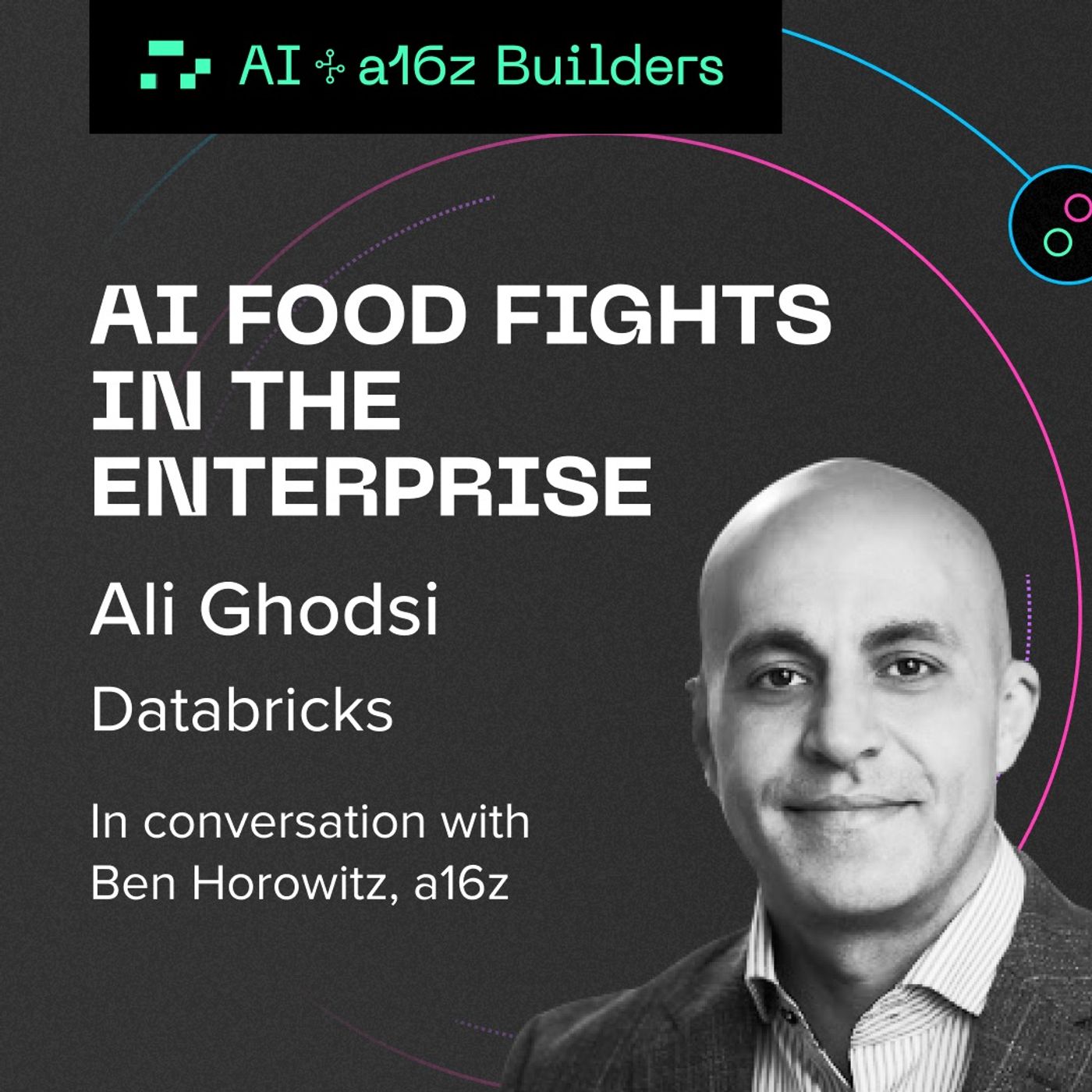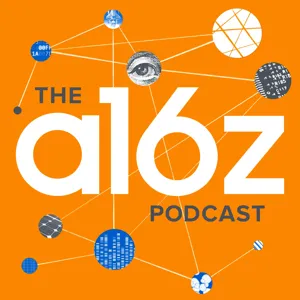Podcast Summary
Enterprises Cautiously Approach Generative AI Adoption: Enterprises prioritize data privacy, security, and accuracy, causing a slower adoption rate of generative AI compared to consumer and developer markets.
While the adoption of generative AI is ramping up in sectors like consumer and developer markets, enterprises are moving more cautiously. Enterprises value their proprietary data deeply and are concerned about privacy, security, and potential data leaks. Additionally, they require high accuracy for many use cases, raising questions about whether they can build better models in-house or if they truly need the AI to be precise. The recent withdrawal of OpenAI's ChatGPT enterprise offering may add another layer of uncertainty. These challenges contribute to the slower adoption rate of generative AI in enterprises compared to other sectors. Despite the hurdles, cracking the code and successfully implementing generative AI in enterprises can lead to robust, long-term business opportunities.
Large enterprises' cautious approach to generative AI: CEOs and boards recognize potential value of data but hesitant to give it away, leading to internal politics and strategic decisions on build or buy approach.
Large enterprises are cautiously approaching the implementation of generative AI technology due to internal politics and the fear of losing intellectual property. The use of generative AI is seen as a potential competitive advantage, leading to a "food fight" among different departments and teams within the enterprise over who should own and control it. The CEOs and boards recognize the potential value of their data in building a superior model, but they are hesitant to give it away to external companies. Instead, they prefer to build and own the technology themselves, despite the significant resources and expertise required. The decision to build or buy depends on the specific data set and use case, and some enterprises are turning to acquisitions or partnerships to scale their efforts. Overall, the implementation of generative AI in large enterprises is a complex and strategic process, with significant potential rewards but also significant challenges.
Enterprises can choose between larger, more general models and smaller, enterprise-specific models: Enterprises can save costs and achieve high accuracy with smaller, enterprise-specific models for their unique tasks. Larger, more general models offer more intelligence but require significant investment and resources.
For enterprises with specific use cases, it's more beneficial to train and use smaller, enterprise-specific models rather than investing in larger, more general models. These smaller models offer faster latency, lower costs, and can achieve high levels of accuracy for their particular tasks. However, for those with the resources to build and fine-tune larger models, they offer more intelligence and can handle a wider range of tasks, but come with higher costs and more complex fine-tuning requirements. The decision between the two ultimately depends on the specific needs, resources, and priorities of the enterprise. Databricks, as a company, is building larger models to cater to those who can afford the higher costs and have the necessary resources to fine-tune them. The larger models follow scaling laws and are more intelligent, but they require a significant investment in terms of data, computational resources, and fine-tuning expertise. For most enterprises, however, the smaller, enterprise-specific models offer a more cost-effective and efficient solution for their unique use cases.
Focus on developing smaller, specialized models for specific tasks: Despite the ultimate goal of creating one large, intelligent foundation model, current focus is on developing smaller, efficient models for specific tasks using techniques like prefix tuning and Lora. Demand for these models is high, but limited GPU resources hinder their availability.
While the ultimate goal is to develop one large, intelligent foundation model, the current focus is on developing smaller, specialized models that can efficiently handle specific tasks. These techniques, such as prefix tuning and Lora, aim to achieve good results with minimal modifications and computational resources. However, none of these methods have proven to be a "slam dunk" solution. In the near future, it is expected that a smart, large foundation model will be developed, which can then be specialized for various tasks. However, this is not yet achievable, and in the meantime, there is high demand for specialized models that offer high accuracy and performance on specific tasks. Companies like Databricks are experiencing this demand and are unable to meet it due to limited GPU resources. The use cases for these models are expected to fragment, with each model specializing in a specific task, such as drawing pictures or memes. However, these models will likely build upon common base models, rather than starting from scratch each time.
The Future of AI: Foundational Technologies, Applications, and Open Collaboration: Open source initiatives and large language models contribute significantly to the growth and development of the AI industry, pushing boundaries and driving progress.
While the current focus on large language models (LLMs) and AI dominates the conversation, it's essential to remember that applications and use cases will continue to emerge, and the value lies in building trustworthy and effective AI solutions for various industries. Cisco's dominance in the internet era serves as a reminder that companies leading in foundational technologies don't necessarily maintain their position forever. Open source has played a significant role in advancing AI, and it's unlikely that efforts to restrict it will be successful due to the ease of accessing and replicating models. The release of large models like Llama has been a game-changer, and continuing advancements will continue to push the boundaries of AI technology. From the perspective of a company like Databricks, open source initiatives like Mosaic and LLMs contribute to the overall growth and development of the AI industry. If LLM had not been open-sourced, we would be significantly behind in our understanding and progress of AI. The future of AI lies in the combination of foundational technologies, applications, and open collaboration.
The open source vs proprietary AI race and its challenges: Open source AI development faces resource requirements and incentives for proprietary models, while scarcity of GPUs limits participation and innovation in making AI more accessible. Predictions of hitting scaling walls before AGI and the need for human involvement in certain applications also challenge the field.
The race between open source and proprietary AI development will continue, with open source eventually catching up but facing challenges due to the high resource requirements and the incentives for organizations and individuals to keep their best models proprietary. The scarcity of GPUs and the resulting inability of universities and smaller entities to participate in the latest AI research is leading to a crisis and driving innovation in making AI development more accessible and affordable. However, it's predicted that we may hit walls in scaling laws before achieving Artificial General Intelligence (AGI), and that human involvement will be necessary in many applications where accuracy and understanding are crucial. Additionally, the validity of current benchmarks for AI models has been questioned, as they may not accurately reflect real-world performance.
Ethical implications of large language models: While language models excel on benchmarks, their real-world applications require careful consideration for ethical implications, including job displacement, potential misuse, and the need for human oversight.
While large language models have shown impressive performance on various benchmarks, the correlation between benchmark scores and real-world applications, such as medical diagnosis, is uncertain. Memorizing exam questions does not equate to actual problem-solving abilities. The ethical implications of large models versus open source are complex, with concerns ranging from job displacement to potential malicious use. The responsibility lies in ensuring that technological advancements do not lead to harm and finding ways to mitigate negative impacts, rather than halting progress. The fear of a super-intelligent AI deciding to destroy humanity is a valid concern, but the idea of machines having free will is a misconception. Machines can perform vast computations, but they do not possess the ability to make decisions outside of their programming. It's essential to continue the conversation on the ethical implications of AI and find ways to harness its potential while minimizing potential risks.
AI's limitations make a catastrophic scenario unlikely: The high cost and difficulty of training large AI models, along with the lack of progress in machine reproduction, make a catastrophic AI scenario unlikely in the near future.
While the potential risk of advanced artificial intelligence (AI) causing harm to humans is a valid concern, current limitations in the cost, accessibility, and self-replication capabilities of AI models make a catastrophic scenario unlikely in the near future. The interviewee believes that the high cost and difficulty of training large AI models, along with the lack of progress in machine reproduction, are significant barriers to an AI surpassing human intelligence and causing harm. However, it's important to continue monitoring advancements in AI technology and addressing potential ethical concerns as the field progresses.






